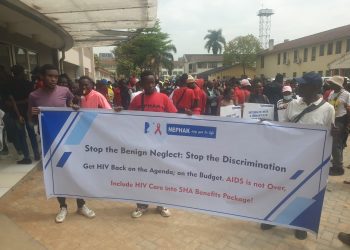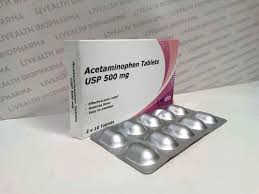By Nura Kabale
While the government directed its efforts in fighting HIV in what is the most endemic regions in the country, some nine counties have rapidly increased the number of new infections.
Counties with high number of HIV infections are Nairobi (2,587), Homa Bay (1,852), Siaya (1,641), Kisumu (1,630), Migori (1,143), Kiambu (730), Kakamega (596) and Mombasa (562), which contribute to 61 percent of new infections among youth aged 15 and 24 years in 2017.
The spotlight has shifted from these counties to Nairobi, Nakuru, Narok, Uasin Gishu, Kajiado, Nandi, Laikipia, West Pokot and Vihiga counties which have recorded an increase in the number of new HIV infections among adolescents and adults.
Despite the fact that the new infections are still high among adults and adolescents in Migori, Homabay, Siaya and Kisumu counties, these counties recorded a decrease in HIV infections from 2013 to 2017.
NACC says that there are no one size fits all remedy or way of looking at the matter since all counties present with different challenges.
For instance, Narok County which is among the counties with increased HIV cases this month reported that some 233 school girls from eight secondary and primary schools in Narok County aged between 10 and 19 years had been impregnated in the last six months and forced to discontinue with their learning.
NACC says that HIV cannot be looked at in isolation because there are various contributing factors and certain behaviors among the community that eventually lead to increased HIV infections.
“Every county presents its own challenges they cannot be looked at in isolation, these counties have different funding. Also matters of early pregnancies, education and poverty levels affect each county in its own way,” said an official.
According to the 2018 Kenya AIDS Response Progress Report by the National Aids Control Council (NACC) Nairobi has had an increase in new infections from 2013 to 2017 while the rest of the eight counties had a decrease in 2015 and then gone up in 2017.
Other countries which had a decrease in the new HIV infections include Kisii, Turkana, Bomet, Nyamira, Trans Nzoia, Kericho, Muranga, Baringo, Samburu, Nyeri, Elgeyo Marakwet, Nyandarua, Kirinyaga, Mandera and Garissa.
There is also a change in HIV infections among children and 12 counties recorded and increase between 2013 and 2017, children aged below 14 years constitute 7,978 of new infections, a slight increase from 7,105 in 2016 this is despite the government’s target to reduce the HIV prevalence among this age group to five percent.
These counties are Kajiado, Kericho, Uasin Gishu, Trans Nzoia, Vihiga, Busia, Embu, Machakos, Tharaka Nithi, Meru, Isiolo and Makueni.
Counties with high HIV infections among children aged below 14 were Homa Bay (700), Nairobi (660), Siaya (620), Kisumu (616), Kakamega (437), Migori (432), Nakuru (325), and Busia (318).
Annual AIDS-related deaths in Kenya were 28,214 in 2017. Of the annual deaths, 23,902 were adults aged 15 years and over.
Of the total deaths that occurred 52 per cent happened in nine of the 47 counties. The counties were Nairobi (2,232) Homa Bay (1,907), Siaya (1,690), Kisumu (1,679), Migori (1,177) Kiambu (1,096), Nakuru (1,081) Kakamega (794) and Uasin Gishu (703).
In terms of absolute numbers, the new HIV infections among all ages declined from 77,200 in 2010 to 52,800 in 2017, indicating a 32 percent decline in the number of new annual HIV infections at national level, in spite of population growth.
NACC says the improvement is the result of increased and better campaigns following the increase in total expenditure from Sh121 billion in 2016/2017 from Sh73 billion in 2015/2016.
Despite progress by Kenya in advancing towards National targets as reflected in the 2018 HIV estimates, much remains to be done to halt and reverse HIV















